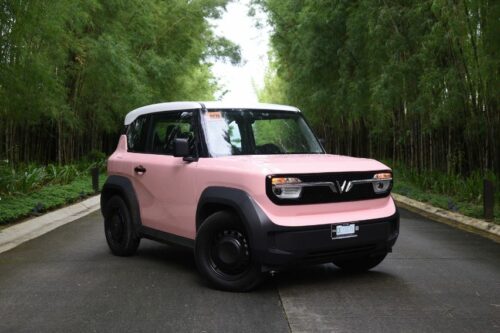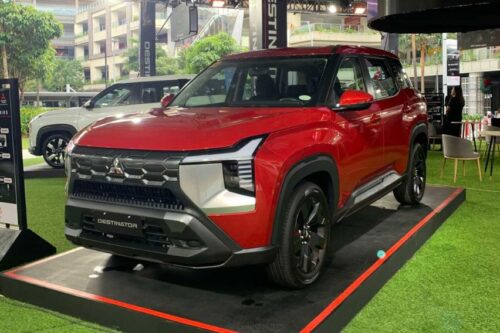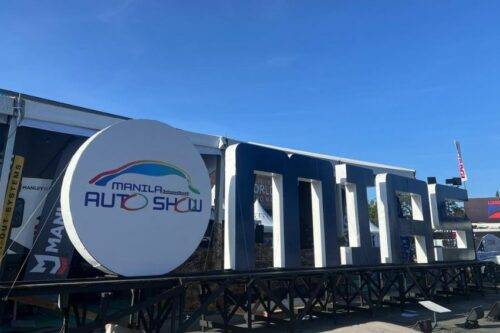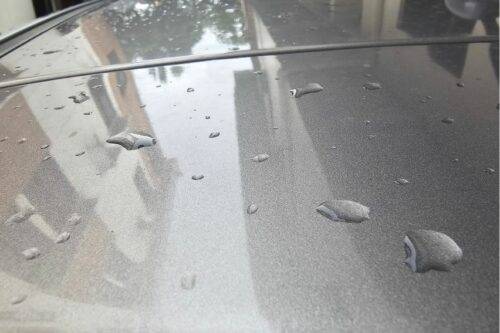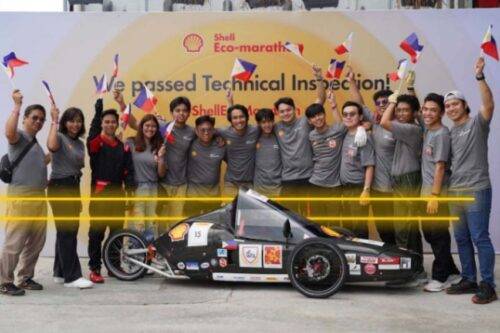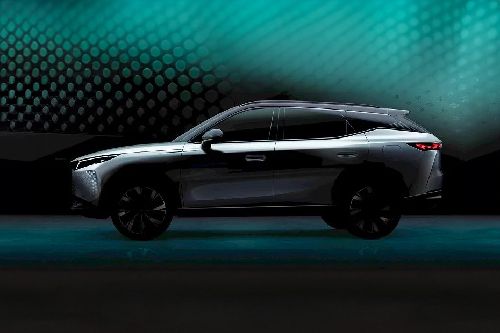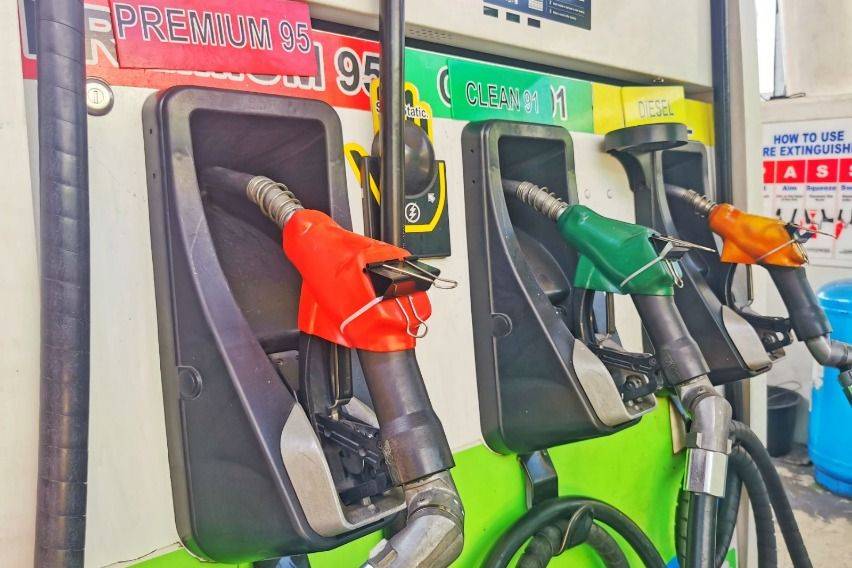Women innovators that helped shape automotive industry
Honoring female car industry innovators this Women’s Month
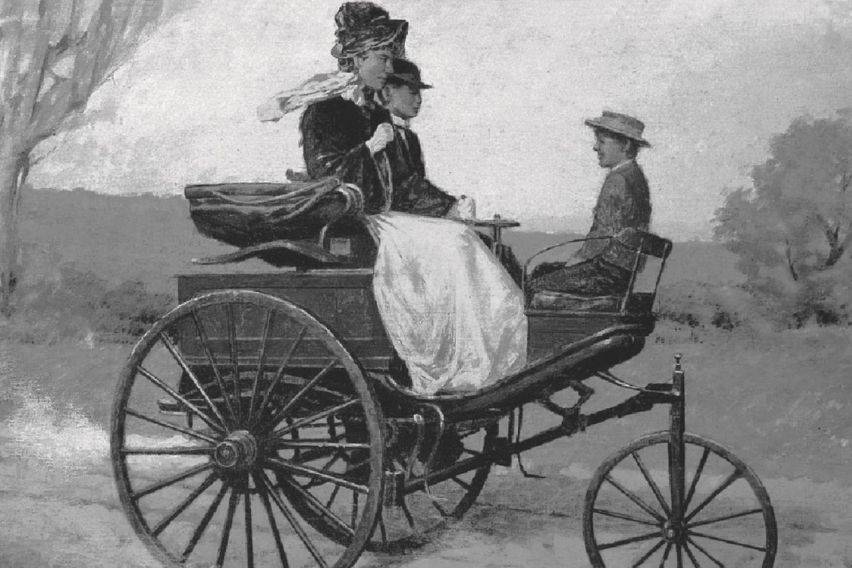
In many industries and disciplines around the world, women have played key parts as innovators and inventors.
KEY TAKEAWAYS
Who are the women innovators that helped shape the automotive industry according to Zigwheels Philippines?
According to Zigwheels Philippines, some of the women innovators who helped shape the automotive industry are Mary Anderson, Bertha Benz, Margaret Wilcox, Florence Lawrence, June McCarol, Edith Flanigen, Katharine Blodgett, Margaret Wu, and Astrid Linder.How did Bertha Benz contribute to the automotive industry?
In 1888, Bertha Benz drove the first long-distance journey (106 km) in an automobile to prove its reliability, essentially becoming one of the first test drivers.In the realm of telecommunications, Dr. Shirley Jackson made strides in subatomic particle research to make way for fiber optic cables, touch-tone telephones, and solars. Marie Curie, the first woman to win the Nobel Prize, made considerable contributions to science by discovering the radioactive elements polonium and radium, as well as inventing the X-ray machine.
There are many such examples, and some include notable women who have also made significant breakthroughs in the automotive industry.
So, who are these women who contributed to the current shape of the modern vehicle and motoring? Let’s find out here as a part of Zigwheels Philippines’ celebration of Women’s Month.
Mary Anderson
Mary Anderson, an American real estate developer and viticulturist, is the inventor of the windshield wiper.
Per the National Inventors Hall of Fame (NIHF), the inspiration for Anderson to come up with the windshield wiper came from observing a trolley car during a frosty day in New York City. At the said moment, she noted that the driver had to lean out of the window or stop the car to wipe the windscreen clear.
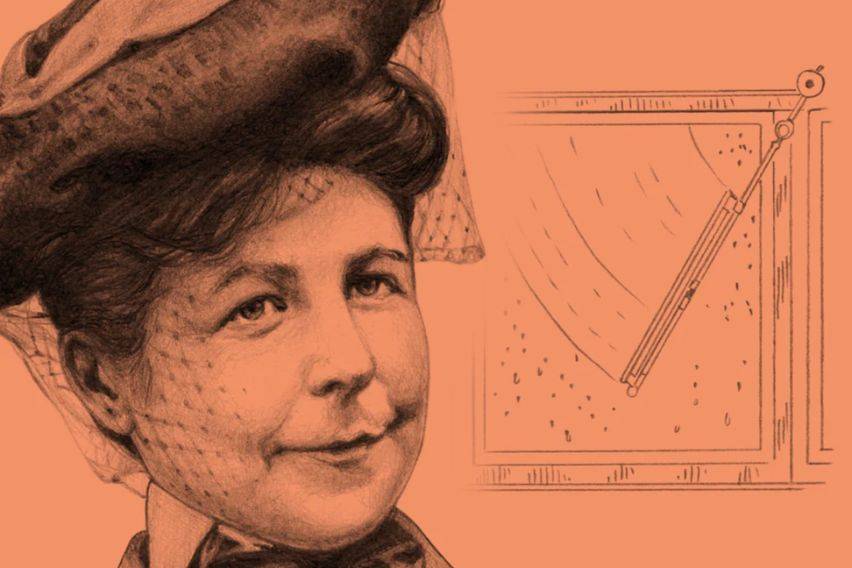 Photo from BMW
Photo from BMWThe initial version Anderson cooked up was a manual wiper blade that could be operated from inside the vehicle. Per NIHF, the device was simple, and it merely consisted of a rubber blade connected to a spring-loaded lever positioned within reach of the driver.
In 1903, Anderson further refined the said device by providing it with a motor for automatic functionality. It was also around the same time she managed to get a patent for the device, but alas, it wasn’t until 1922 that Cadillac adopted the wiper. Unfortunately, her patent had passed its expiration date earlier in 1920.
Bertha Benz
We all know Karl Benz invented what was practically the first-ever practical automobile back in 1885.
In the 1800s, however, social media and the internet were not there to help promote a product to the masses. As such, the initial efforts in marketing the Benz Patent-Motorwagen failed.
As told by a story posted by the Mercedes-Benz Archive, Bertha Benz, the courageous wife of Karl Benz, stepped in with a daring plan to prove to her husband and the world that the Benz Patent-Motorwagen was indeed a capable invention.
 Photo from Mercedes-Benz
Photo from Mercedes-BenzWithout telling her husband and authorities, Bertha and two of her sons drove a total distance of 106 kilometers in 1888- an epic journey for something with a mere top speed of 16 kilometers per hour.
Additionally, the journey wasn’t without its hitches. For one thing, she had to clean a fuel line using her hat pin and use leather as make-shift brake linings when the car’s original wooden brakes began to fail.
Bertha Benz and her two sons completed the world’s first-ever long-distance trip on an automobile. With her gumption and determination, she also went down in the history books as one of the first-ever test drivers in the history of the automotive industry.
Margaret Wilcox
In the Philippines, we tend to use our air-conditioners to cool us while driving. In other regions with winter, however, motorists will have to depend on the in-car heater, a device patented by Margaret Wilcox in 1893.
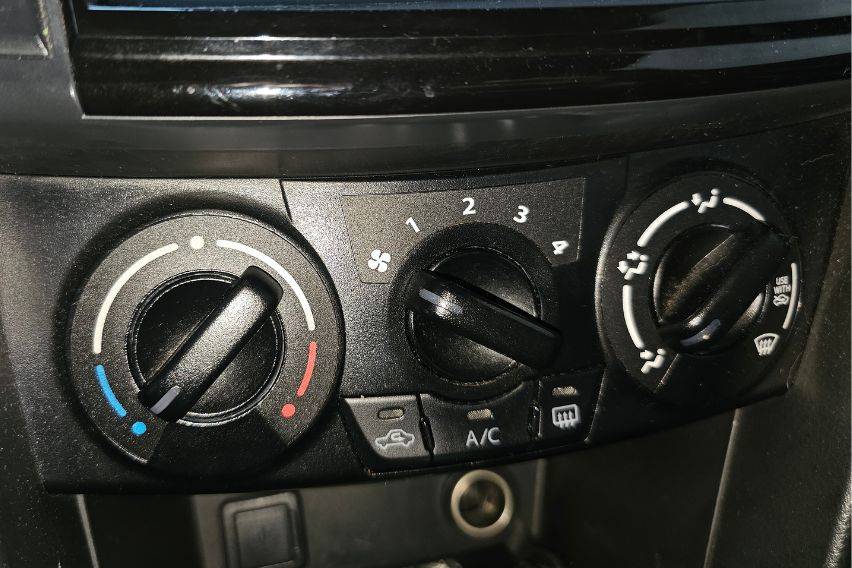 Photo by Cesar Guiderone Miguel
Photo by Cesar Guiderone MiguelAs far as the story goes, Wilcox’s intervention was designed to keep the interiors of rail cars in Chicago warm and comfortable. Added details for the device can be viewed via the publicly available blueprints published by the United States Patent Office.
Per the old document, it worked by redirecting the heat generated by a vehicle’s internal combustion engine into the cabin. While revolutionary, its original design didn’t have a temperature control system and was prone to overheating.
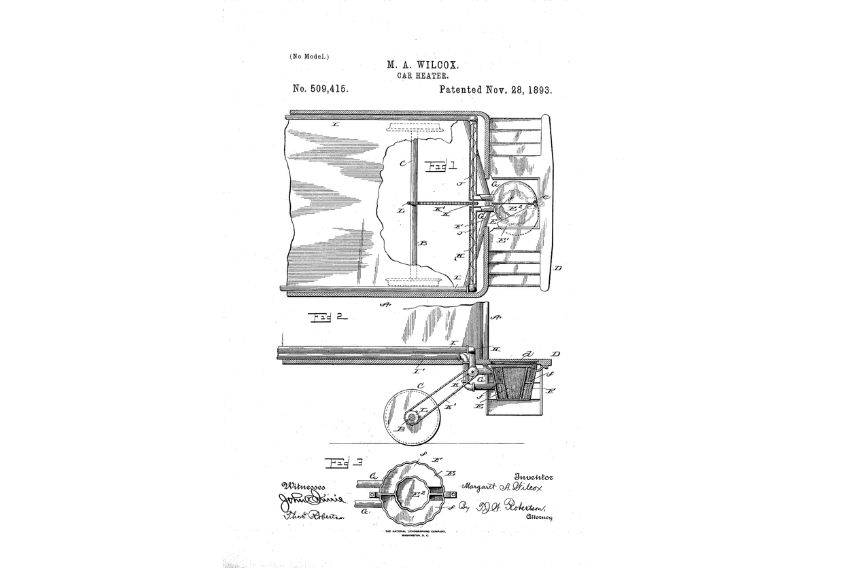 Photo from US Patent Office, via Google Patents
Photo from US Patent Office, via Google PatentsIt wasn’t pinpointed by the history books when the heater was used for automobiles, but now, Wilcox’s heating system can be found not only in cars but also in various forms of transportation.
Edith Flanigen
A chemist by trade, Edith Flanigen has been credited by NIHF for her work on molecular sieves. It sounds fancy, but her work has made the process of converting crude oil to gasoline more efficient and more environmentally friendly.
Specifically, her “zeolite Y” sieve has helped in increasing the gasoline yield derived from crude oil refinement. Additionally, the same invention is used for nuclear waste decontamination, water treatment, and various medical applications.
For her work, Flanigen was inducted into the NIHF in 2004.
Stephanie Kwolek
Stephanie Kowlek is a Polish-American chemist credited by the American Chemical Society for inventing Kevlar.
Sure, Kevlar, as we know it today, is more popular for its applications on bulletproof vests, but it is also utilized in high-performance vehicle components.
 Photos from Formula 1
Photos from Formula 1Per DuPont, the same company Kwolek worked for when she invented the material, Kevlar can be used for automotive belts, hoses, brake pads, clutches, head gaskets, and brake pads.
In Formula One (F1) cars, Kevlar also plays a huge role in protecting drivers. Specifically, the said material is fused with carbon fiber to form an F1 car’s protective shell. Plus, Kevlar is also used in various body parts in a variety of automotive racing disciplines, such as NASCAR, rallying, and drag racing.
Margaret Wu
Born in Taiwan, Margaret Wu revolutionized synthetic lubricants due to her work related to polyalphaolefin (PAO).
Per the NIHF, Wu practically invented the PAO in the 1980s. Later on, it eventually became the base for a new class of synthetic lubricants. It demonstrated superior protective capabilities, better efficiency, and reduced wastage of oil.
Currently, her PAO-based synthetic oil formulation is widely used as an automotive and industrial lubricant. And, of course, it also sees a lot of use in aftermarket high-performance car oils.
Wu was inducted into the NIHF in 2020.
Astrid Linder
The car crash dummy has had a huge hand in making our vehicles safer. Swedish-born Astrid Linder, however, noted that the standard dummy used in the automotive industry doesn’t take into account the physical disparities between men and women.
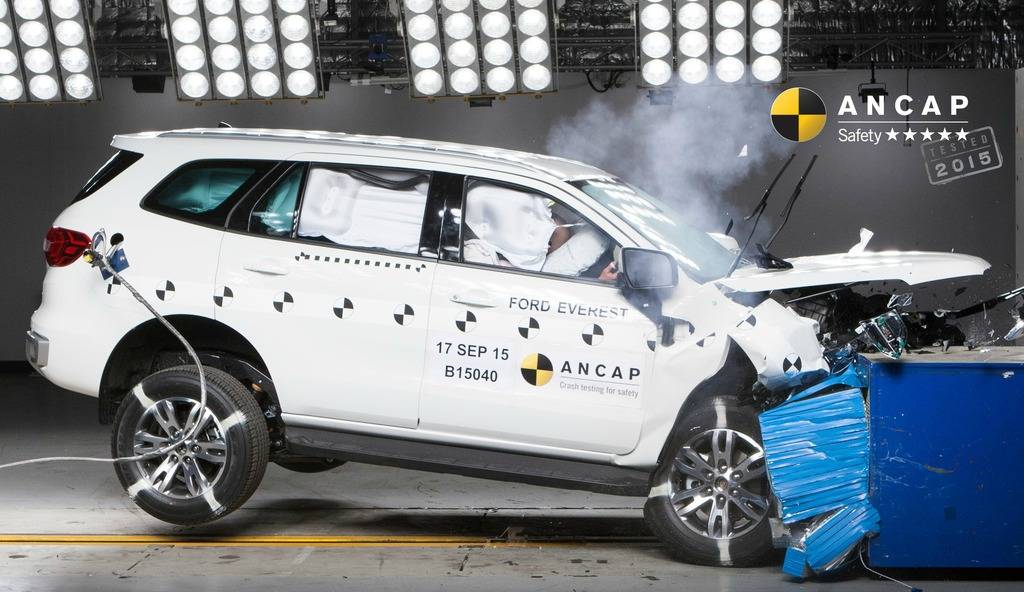 Photo from ANCAP
Photo from ANCAPAs such, Linder and her team produced a female crash test dummy complete with a bust, much wider hips, and smaller shoulders. Known as EvaRID, it also has less weight compared to the male-oriented industry-standard crash test dummy.
With the new female dummy, Linder hopes to contribute to further reducing female fatalities in car crashes.
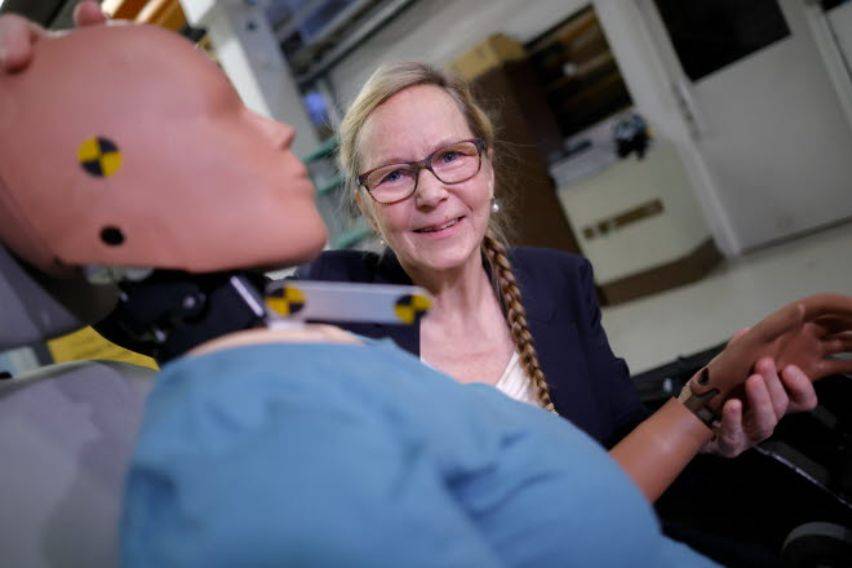 Photo from Swedish National Road and Transport Research Institute
Photo from Swedish National Road and Transport Research InstituteLinder's work was highlighted at the 2019 World Science Forum, through Chalmers University of Technology, and the FERSI Road Safety Research organization - among others. Currently, she also serves as a Professor of Traffic Safety at the Swedish National Road and Transport Institute.
Also read:
Fierce Filipina racers: lady drivers on the tracks
Some of the best automotive inventions, innovations by Filipinos
Sell your car at the best price
 Verified and genuine buyers
Verified and genuine buyers
Trending & Fresh Updates
- Latest
- Popular
You might also be interested in
- News
- Featured Stories
Featured Cars
- Latest
- Upcoming
- Popular
Latest Car Videos on Zigwheels

Car Articles From Carmudi
- journal
- advice
- financing
- insurance









